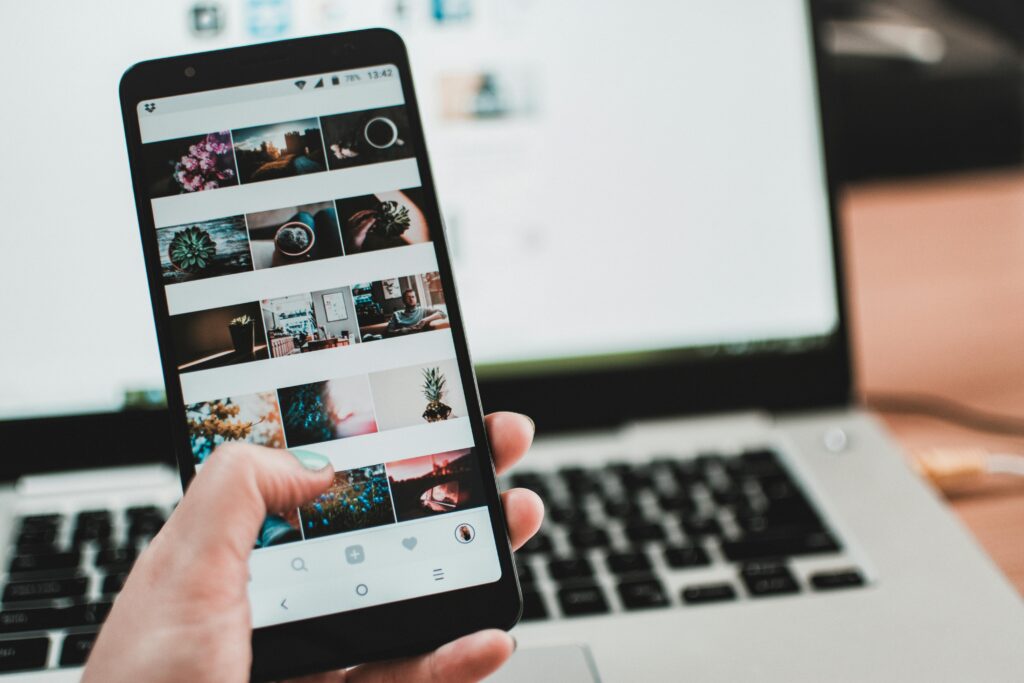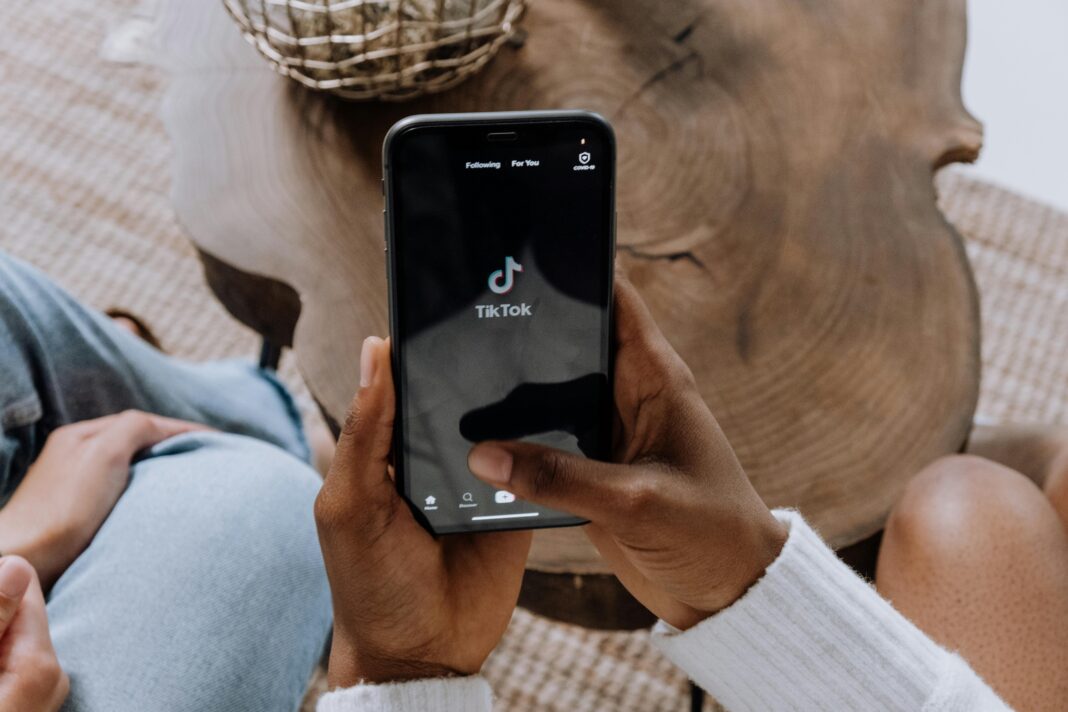The mobile app market is more competitive than ever, with millions of apps vying for user attention. Simply building a great app is not enough—you need a solid monetization strategy to generate consistent revenue. Whether you’re an indie developer or a startup, choosing the right monetization model can mean the difference between an app that thrives and one that struggles to stay afloat.

This guide covers every proven method to monetize your mobile app, from in-app advertising to subscription models, while avoiding common pitfalls. You’ll learn how to maximize revenue without sacrificing user experience, ensuring long-term profitability.
Mobile App Monetization
Monetization is the process of converting app users into paying customers. It’s not just about making money—it’s about doing so in a way that keeps users engaged and satisfied.
Why Monetization is Essential
- Covers Development Costs: Hosting, updates, and maintenance require ongoing funding.
- Scales Your Business: Revenue allows for marketing, hiring, and expanding features.
- Improves User Experience: A well-monetized app can reinvest profits into better UX and support.
Key Challenges in App Monetization
- User Resistance to Paying: Many users expect free apps, making monetization tricky.
- Ad Fatigue: Too many ads lead to uninstalls.
- Finding the Right Model: Not all strategies work for every app category.
2. Best Monetization Strategies for Mobile Apps
A. In-App Advertising
Advertising remains the most common way to monetize free apps. The key is implementing ads without disrupting the user experience.
Types of In-App Ads
- Banner Ads
- Small, non-intrusive ads at the top or bottom of the screen.
- Best for: News apps, utility apps, and casual games.
- Pros: Low impact on UX.
- Cons: Lower revenue compared to other ad types.
- Interstitial Ads
- Full-screen ads that appear between natural breaks (e.g., after completing a level).
- Best for: Gaming apps, fitness trackers.
- Pros: Higher CPM (cost per thousand impressions).
- Cons: Can be annoying if overused.
- Rewarded Ads
- Users watch an ad in exchange for in-app rewards (extra lives, coins, etc.).
- Best for: Mobile games, productivity apps.
- Pros: High engagement, users willingly opt-in.
- Cons: Requires careful balancing to avoid over-reliance.
- Native Ads
- Ads that blend seamlessly into the app’s design (e.g., sponsored content in a news feed).
- Best for: Social media apps, content platforms.
- Pros: Less intrusive, higher click-through rates.
- Cons: Requires more design effort.
Best Ad Networks for Monetization
- Google AdMob (Best for most apps)
- Facebook Audience Network (Great for social apps)
- Unity Ads (Top choice for mobile games)
- AppLovin (High CPMs for rewarded ads)
How to Optimize Ad Revenue
- A/B Test Ad Placements: Find the least intrusive spots.
- Use Mediation Platforms: Combine multiple ad networks for higher fill rates.
- Segment Users: Show more ads to non-paying users, fewer to premium users.
B. Freemium Model (Free + Premium Upgrades)
The freemium model lets users download the app for free but charges for advanced features.
How It Works
- Basic features are free.
- Premium features (e.g., ad-free experience, extra tools) require payment.
Examples of Successful Freemium Apps
- Spotify: Free version has ads; premium removes them.
- Tinder: Free users get limited swipes; paid users get unlimited likes.
- Evernote: Free tier has storage limits; paid unlocks full functionality.
Best Practices for Freemium Apps
- Offer Real Value in Free Tier: Users should see enough benefit to stay engaged.
- Make Upgrading Irresistible: Highlight exclusive features (e.g., “Go Pro for 10x faster results”).
- Use Paywalls Strategically: Don’t lock essential features behind a paywall too early.
C. Subscription Model (Recurring Revenue)
Subscriptions provide predictable income by charging users weekly, monthly, or yearly.
Best App Categories for Subscriptions
- Streaming (Netflix, Disney+)
- Fitness (Calm, MyFitnessPal)
- Productivity (Notion, Todoist)
How to Make Subscriptions Work
- Offer a Free Trial (7–30 days) to reduce sign-up friction.
- Provide Continuous Value (Exclusive content, updates).
- Use Tiered Pricing (Basic, Pro, Enterprise).
Case Study: Headspace’s Subscription Shift
Headspace initially sold one-time meditation packs but switched to subscriptions, increasing revenue by 500%. The change worked because users wanted ongoing mental health support.
D. In-App Purchases (IAPs)
Selling virtual goods, upgrades, or consumables inside the app.
Types of In-App Purchases
- Consumables (One-time use, e.g., game currency).
- Non-Consumables (Permanent upgrades, e.g., removing ads).
- Subscriptions (Recurring access to premium content).
Top Apps Using IAPs Successfully
- Candy Crush Saga (Sells extra lives & boosters).
- TikTok (Coins for tipping creators).
- VSCO (Premium filters & editing tools).
How to Maximize IAP Revenue
- Use Limited-Time Offers (Creates urgency).
- Offer Bundles (More value for a discount).
- Analyze User Behavior (Identify what converts best).
E. Sponsorships & Brand Partnerships
Partnering with companies to promote their products in your app.
When Sponsorships Work Best
- Niche apps with highly engaged users.
- Apps with a strong community (e.g., fitness, cooking).
Example: Strava’s Brand Challenges
Strava partners with Nike and Adidas to sponsor virtual races, driving engagement and revenue.
3. Choosing the Right Monetization Model
Not all strategies work for every app. Consider:
- User Demographics: Younger users tolerate ads; professionals prefer subscriptions.
- App Category: Games = IAPs; productivity apps = subscriptions.
- Engagement Level: High-usage apps can monetize with ads; low-engagement apps need upfront payments.
4. Common Monetization Mistakes to Avoid
❌ Too Many Ads → Users uninstall.
❌ Hidden Costs → Negative reviews.
❌ Ignoring User Feedback → Missed optimization opportunities.
5. Future Trends in App Monetization
- Blockchain & NFTs: Apps rewarding users with crypto (e.g., STEPN).
- Hybrid Models: Combining subscriptions + one-time purchases.
- AI-Powered Pricing: Adjusting prices based on user behavior.
FAQs
Q: How much can I earn from in-app ads?
A: Earnings vary by niche, ad type, and user base. Some apps make 1–1–10 per 1,000 daily active users (DAU).
Q: Should I combine multiple monetization methods?
A: Yes, but carefully. Example: Freemium + rewarded ads (not forced interstitials).
Q: How do I know if my strategy is working?
A: Track ARPU (Average Revenue Per User) and churn rate.
Conclusion
Monetizing a mobile app requires testing, adapting, and balancing revenue with user experience. Start with one model, measure results, and refine over time.
Next Steps:
- Audit your app’s current monetization (if live).
- Research competitors’ strategies.
- Implement one model and track KPIs for 3 months.
By following this guide, you’ll build a sustainable revenue stream while keeping users happy. 🚀

